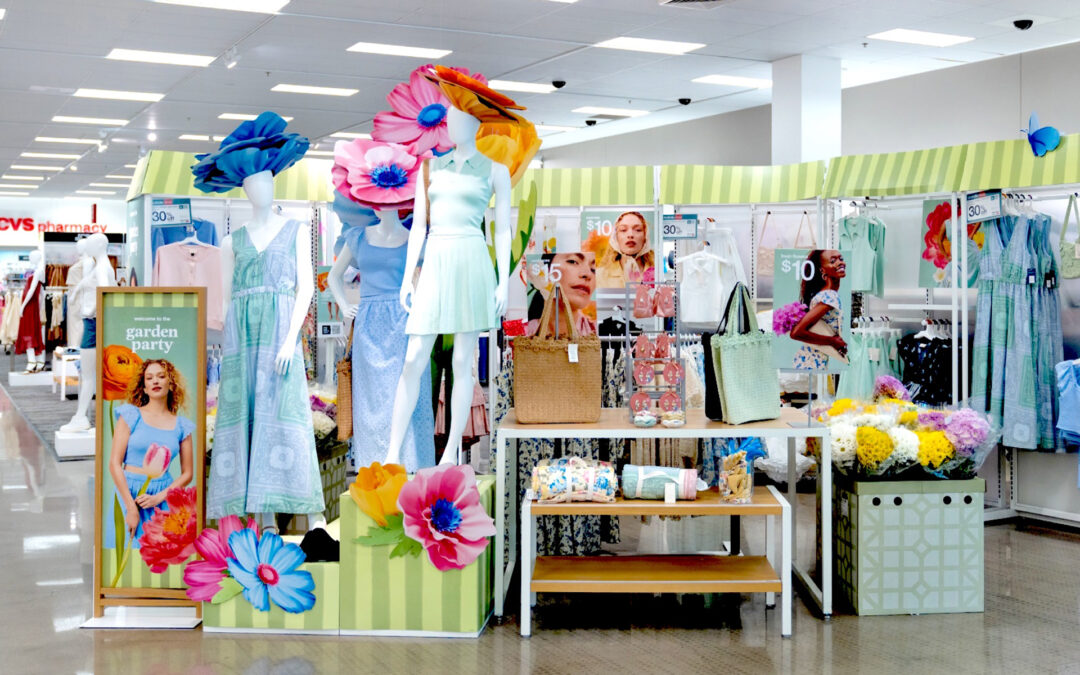Slower spending by lower to moderate income consumers hit Ross Stores second quarter results even if lower earnings were better than Wall Street anticipated.
Ross topped a MarketBeat-published analyst consensus estimate of $1.03 for earnings per share but fell short of a $4.62 sales estimate.
Comparable sales decreased 7% versus the year-earlier quarter but after a 15% year-over-year increase in the 2021 period, the company stated.
Sales for the second quarter of 2022 were $4.58 billion versus $4.8 billion in the year-before period.
In a conference call, Barbara Rentler, Ross CEO, said sales of home merchandise in the quarter fell in line with the chain average results, and she added that the performance of the discretionary spending categories home and apparel was similar. She noted that Florida and Texas were the company’s top-performing regions, primarily due to the outperformance of border and tourist locations, but gains in those stores couldn’t offset the declines experienced as low to moderate income core customers moderated spending under inflation-related financial pressure.
The company’s dd Discounts business, which tends to have lower income customers than does the Ross stores operation, is coping with particularly severe shopper spending cutbacks, Rentler said. In addition, Ross, which had been buying ahead to counter supply chain congestion, began to experience normalizing merchandise flow in the second quarter, with the result that the stream of goods into inventory increased as demand decreased. She said that Ross is working to get inventories back to typical levels by the fourth quarter.
Rentler also pointed out that the Ross 2022 expansion program is on schedule with the addition of 21 new Ross and eight dd’s Discounts locations in the second quarter.
In announcing the second quarter financials, Rentler said, “We are disappointed with our sales results, which were impacted by the mounting inflationary pressures our customers faced as well as an increasingly promotional retail environment. Earnings came in above our guidance range primarily due to lower incentive costs resulting from the below-plan topline performance. Second quarter operating margin of 11.3% was down from 14.1% in the prior year period, reflecting the deleveraging effect from the same-store sales decline, higher markdowns given the sales underperformance and ongoing headwinds from increased freight costs that did not begin rising until the second half of 2021. These expense pressures were partially offset by lower incentive and COVID costs.”





